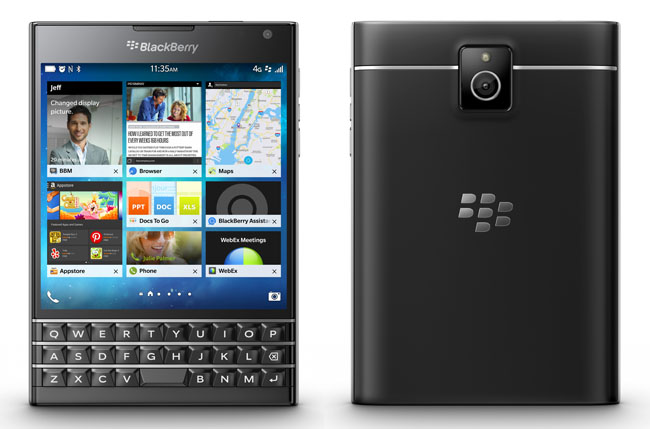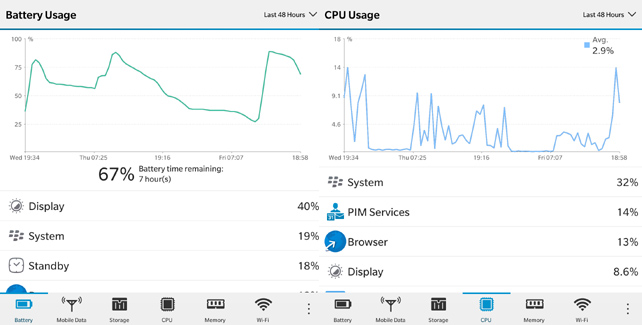This article is more than 1 year old
Vulture takes BlackBerry's Passport through customs
Anything to declare?
Hardy hardware
In my view, future Passport designs should go both narrower and wider – make a true two-handed device and also make one lighter and narrower, more like a classic Bold. Indeed, BlackBerry is about to launch Classic, a Bold-style QWERTY, but this doesn't have the Passport's full touch-capacitive QWERTY keyboard.

Framed in aluminium
For two-handed use, the weight isn't a problem – and most of the time you'll be using it two-handed, except in one vital use case: phone calls. Over a week, I came to dread receiving or making calls on the Passport. It's just a massive pain to use as a phone. If it's just a PDA, I wondered, why include a cellular chipset at all?
In terms of build quality, BlackBerry has done a job worthy of a premium phone, with no cost-cutting evident. There's no bend here, or even a hint of a creak – if anything, this is over-engineered. A strong aluminium frame dominates the design, while the back is a subtle, rubber-textured plastic.
A top cover about the width of a thumbnail can be prised off to insert the nanoSIM and microSD cards, but it's otherwise a sealed unit. Passport incorporates a striking, bright, wide 1:1 ratio 1440 x 1440-pixel display. It uses a SlimPort adapter (combo USB and HDMI) to connect to external displays – there's even a VGA option.
The keyboard requires you to visit a context-sensitive "soft" keyboard at the foot of the display. This takes some getting used to in practice, as the spacebar is too narrow, but much less than I thought. What I missed more than a fourth row was modifier keys such as Shift or Fn. It was more the positioning of the keyboard, at the very foot of a heavy, wide device, that inhibited typing as fast as on BlackBerrys of yore.

2Mp front facing camera and a hearty 13Mp shooter on the back
Fetching specs
The specifications aren't too shabby. The screen is stunning, at 453ppi. BlackBerry packs in 3GB of RAM and 32GB of onboard storage. The non-removable 3450mAh battery kept the phone chugging along happily for two days or more (with email set to push). BlackBerry claims 23 hours of 3G talk time and 444 hours of 3G standby for the unit. This is an enduring beast, even with the additional burden, on which BlackBerry now depends, of running an interpreted Android environment.
The camera is a 13MP sensor with software OIS (optical image stabilisation) and a f2.0 aperture. Lower is usually better – it lets in more light – and this aperture is wider than some premium rivals such as the Galaxy S5. It's also capable of shooting 1080HD video at 60fps quite nicely.
In use, it was slow to fire up, suggesting a few more optimisations are needed. The front camera is a more modest 2MP fixed focus job. Nobody is going to purchase the Passport for photos, but once the startup tweaks have been applied, you shouldn't regret buying it.
I found calls a little quiet, perhaps because I am used to the superb sound (and reception) of the BlackBerry Z30, and I expected more of the same. The Z30 uses an unusual Paratek antenna, which improves signal reception in poor conditions.

The capacious 3430mAh battery comfortably gives two days use
The right graph shows CPU usage over the same period [click to enlarge]
The BlackBerry Passport uses a quad core 2.26GHz Qualcomm Snapdragon 801. It zips along, rendering web pages quickly, but in other places your pace becomes glacial due to slow and unnecessary animations. So opening a message seems to take longer than rival devices, though it shouldn't. This is a running theme, I found. Rough edges to the software compromised some of the clever hardware design. So how's that software coming along?
